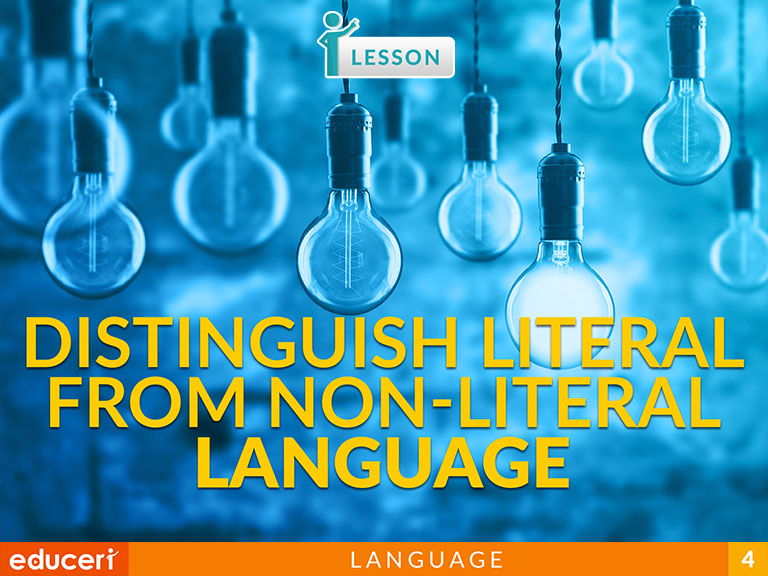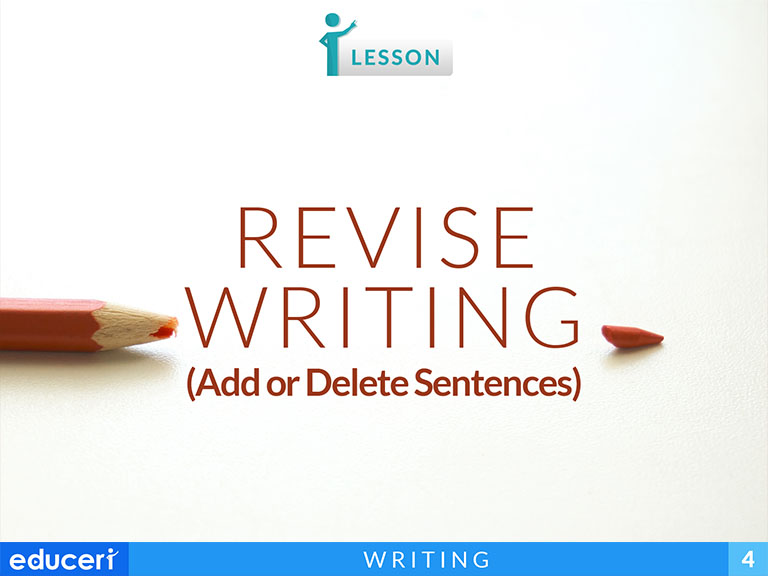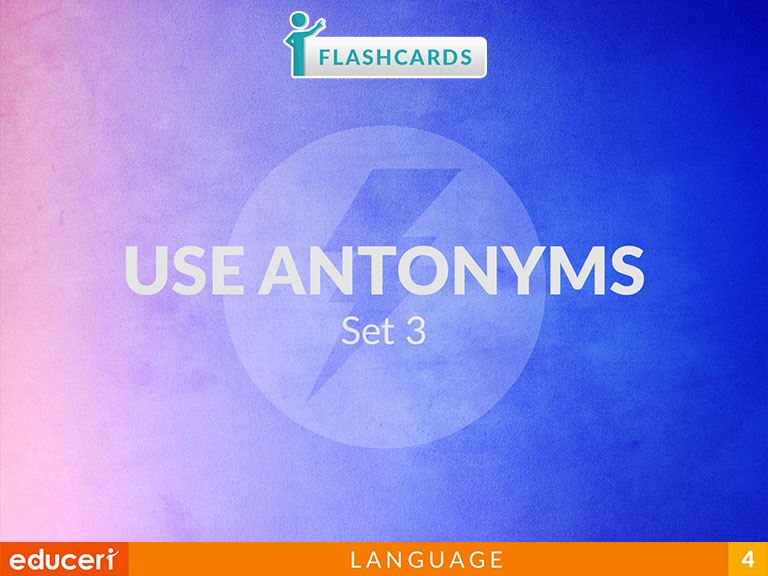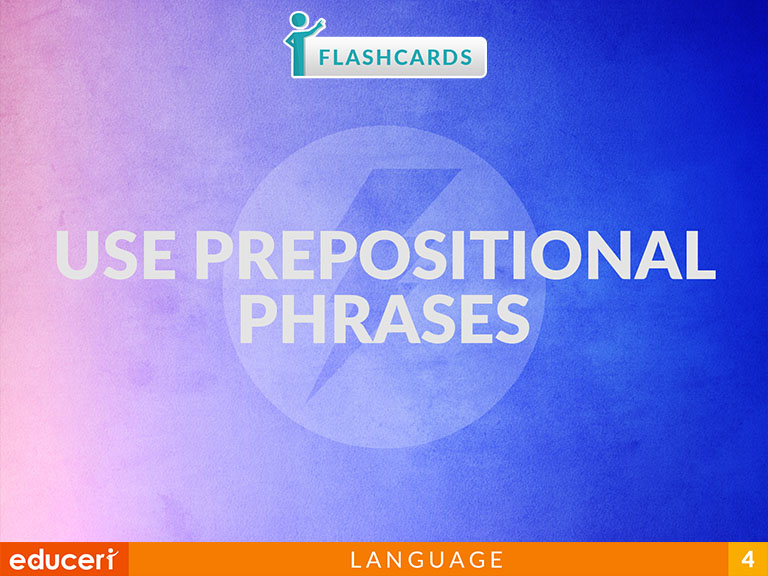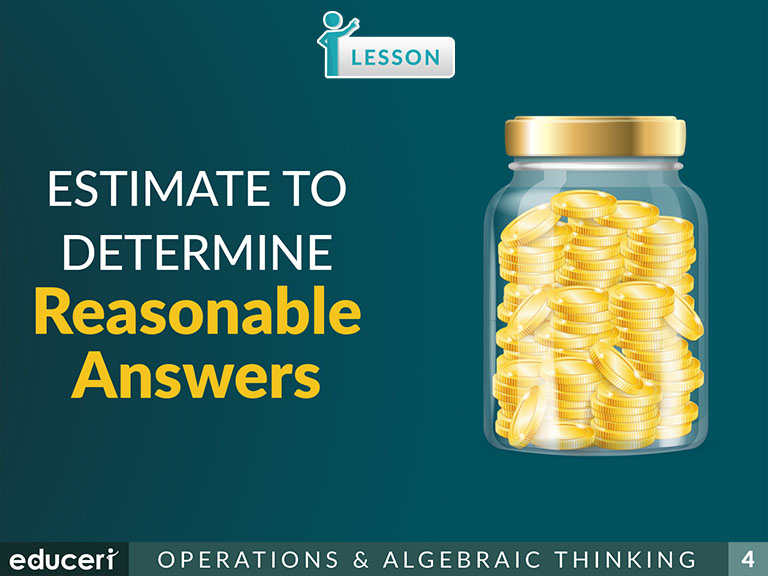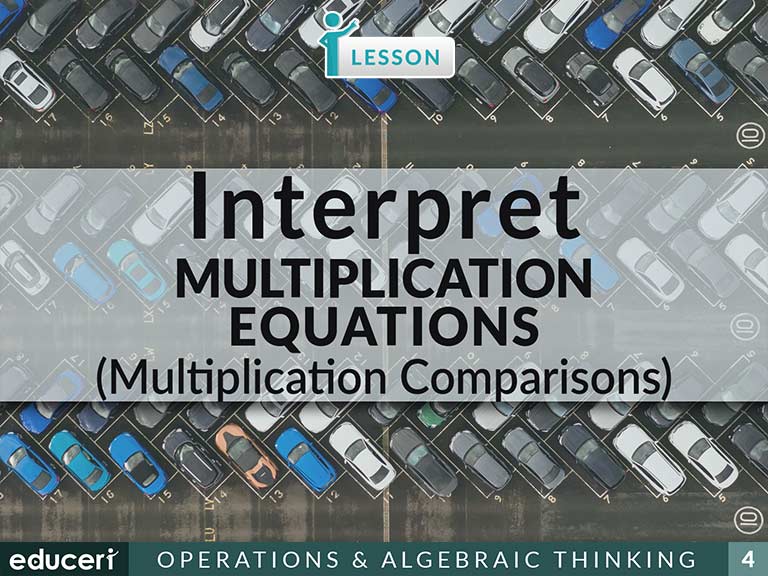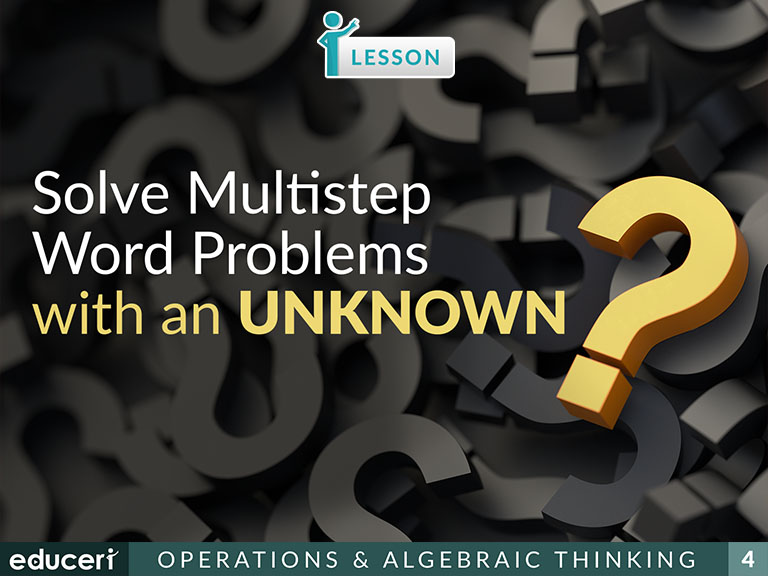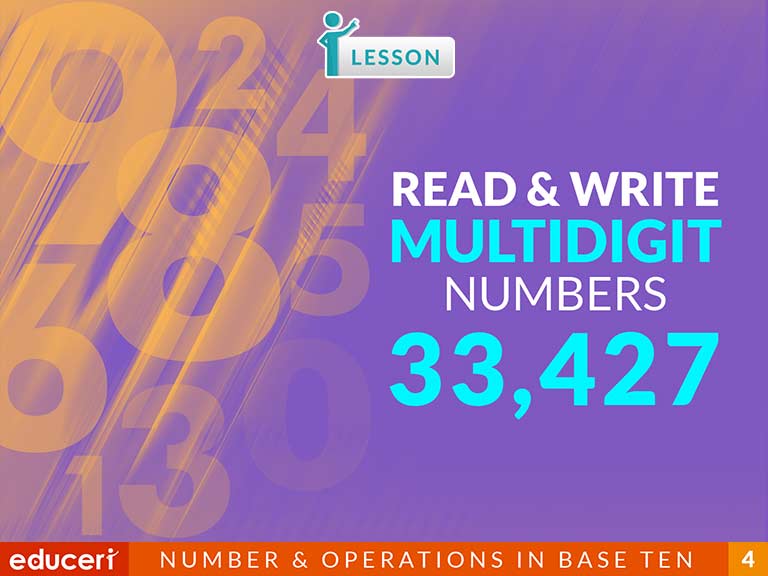All Lessons
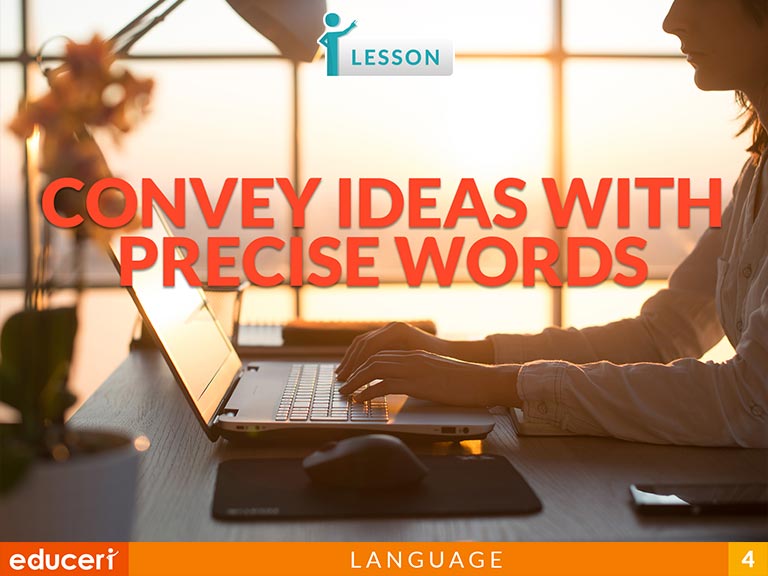
Convey Ideas With Precise Words
In this Language lesson, students will use words with different connotations to better express ideas. The lesson includes research-based strategies and strategic questions that prepare students for assessments. In addition to the lesson, there are eight pages of Independent Practice and review with questions modeled after current adaptive testing items.
Share This Lesson

Use Modal Verbs
This language lesson teaches students the different meanings expressed by modal verbs. Students will identify contexts in which modal verbs are used and select the correct modal verb from several choices.
Share This Lesson
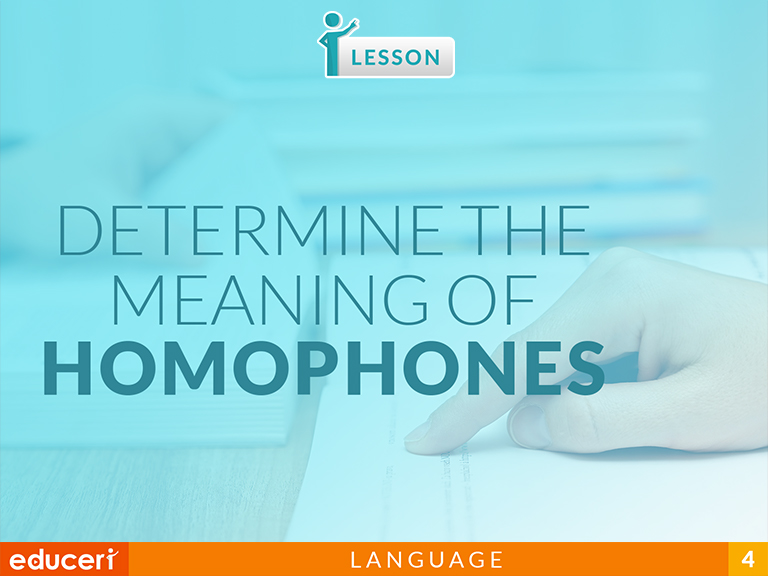
Determine the Meaning of Homophones
This language lesson has students determine the meaning of homophones.
Share This Lesson
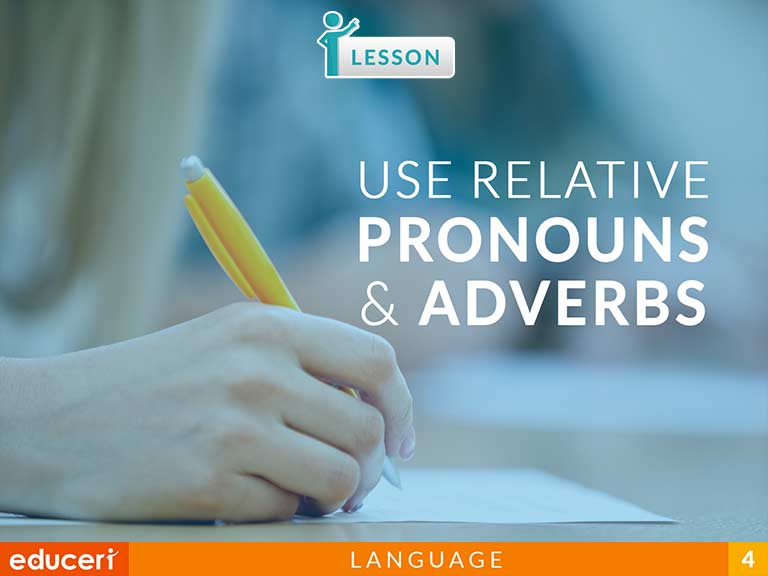
Use Relative Pronouns and Adverbs
This language lesson has students using relative pronouns and adverbs. The lesson includes research-based strategies and strategic questions that prepare students for assessments.
Share This Lesson
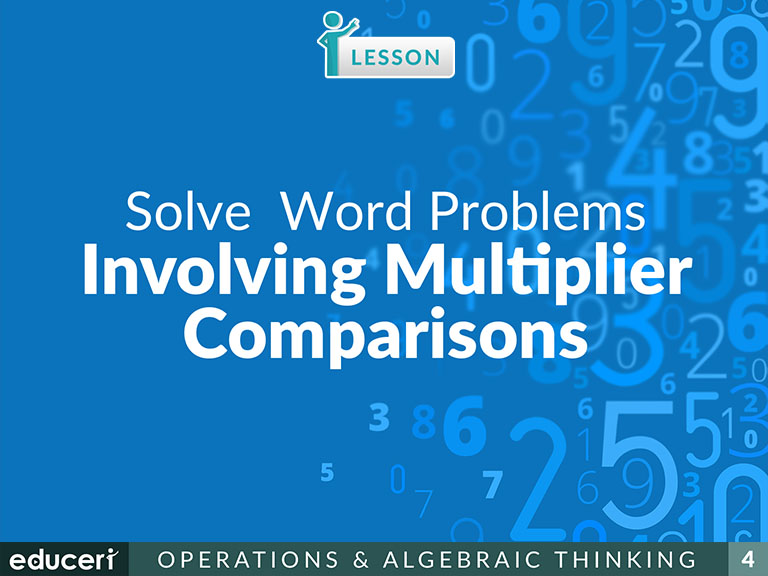
Solve Word Problems Involving Multiplier Comparisons
(H) Solve with fluency one- and two-step problems involving multiplication and division, including interpreting remainders.
5.3.I(I) Represent and solve multiplication of a whole number and a fraction that refers to the same whole using objects and pictorial models, including area models
Share This Lesson
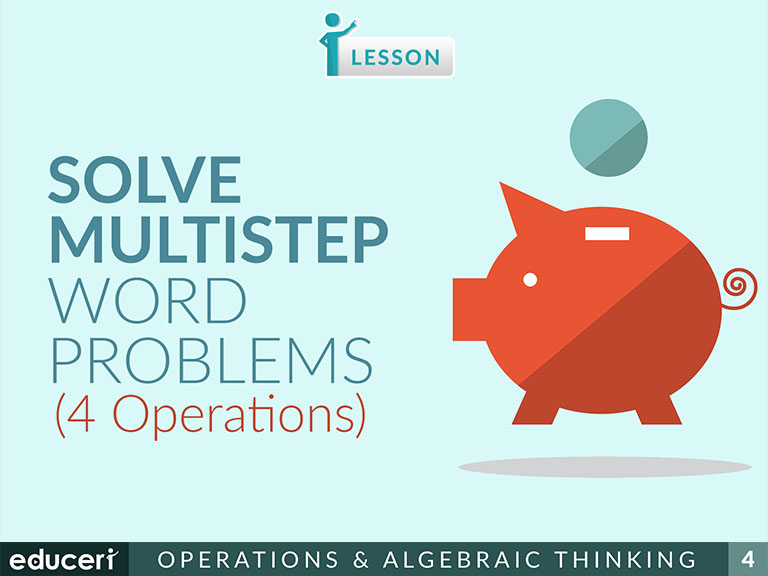
Solve Multistep Word Problems
(H) Solve with fluency one- and two-step problems involving multiplication and division, including interpreting remainders.
5.3.I(I) Represent and solve multiplication of a whole number and a fraction that refers to the same whole using objects and pictorial models, including area models
(Y4) Solve word problems by using number sentences involving multiplication or division where there is no remainder (ACMNA082)
ACMNA083(Y4) Find unknown quantities in number sentences involving addition and subtraction and identify equivalent number sentences involving addition and subtraction (ACMNA083)
Share This Lesson
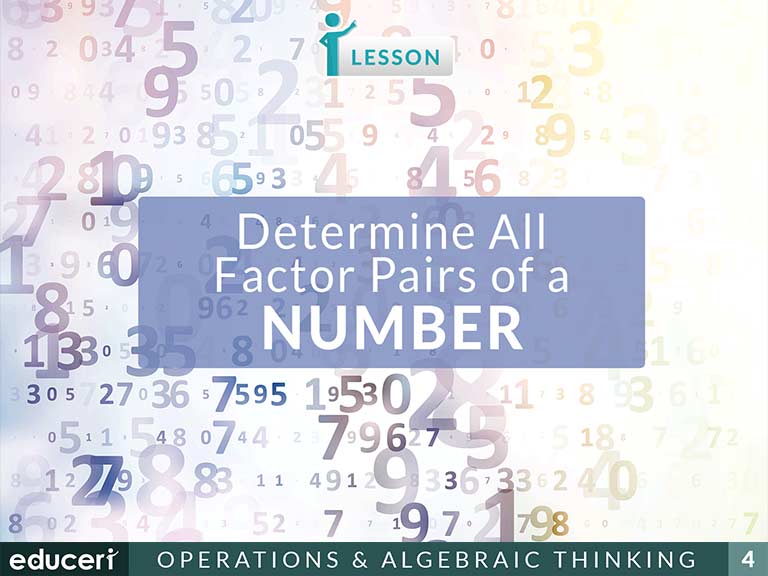
Determine All Factor Pairs of Numbers
This operations and algebraic thinking lesson teaches students how to determine all the factor pairs of a number. The lesson includes research-based strategies and strategic questions that prepare students for assessments. In this lesson, students will determine all of the factor pairs of a given number. This is in preparation for later mathematics where students will need to determine a variety of factors for fractions, factoring equations, and several other uses for this particular skill. It is an excellent introduction to factoring and provides several real-world examples for students to practice with.
Share This Lesson
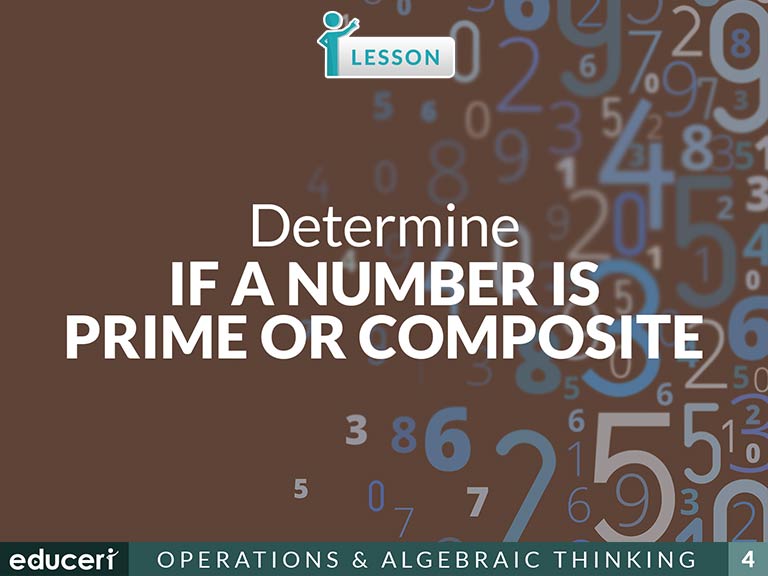
Determine if a Number is Prime or Composite
This number sense lesson focuses on determining if a number is prime or composite. The lesson includes research-based strategies and questions that help prepare students for assessments. In this lesson, students read the number. Then, they determine if it is composite or prime by trying to divide by either 2, 3, 5, or 7. Finally, students justify their answer. In addition to the lesson, there are eight pages of Independent Practice and Periodic Reviews with questions modeled after current adaptive testing items.
Share This Lesson
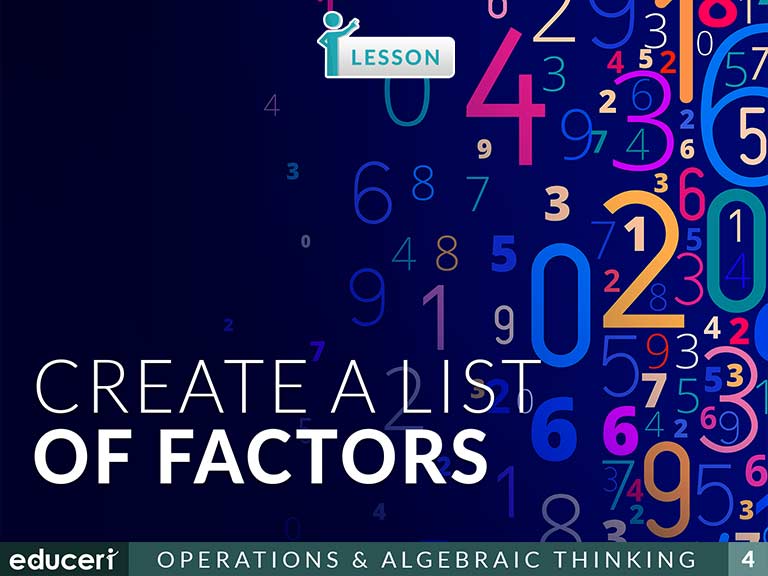
Create a List of Factors
(F) Recall facts to multiply up to 10 by 10 with automaticity and recall the corresponding division facts
3.5.D(D) Determine the unknown whole number in a multiplication or division equation relating three whole numbers when the unknown is either a missing factor or product
This number sense lesson focuses on creating a list of factors. The lesson includes research-based strategies and questions that help prepare students for assessments. In this lesson, students look at the product given and write the first-factor pair. Then, they list any other factor pairs which have the given product. Finally, students interpret the list of factors. In addition to the lesson, there are 9 pages of Independent Practice and Periodic Reviews with questions modeled after current adaptive testing items.
Share This Lesson
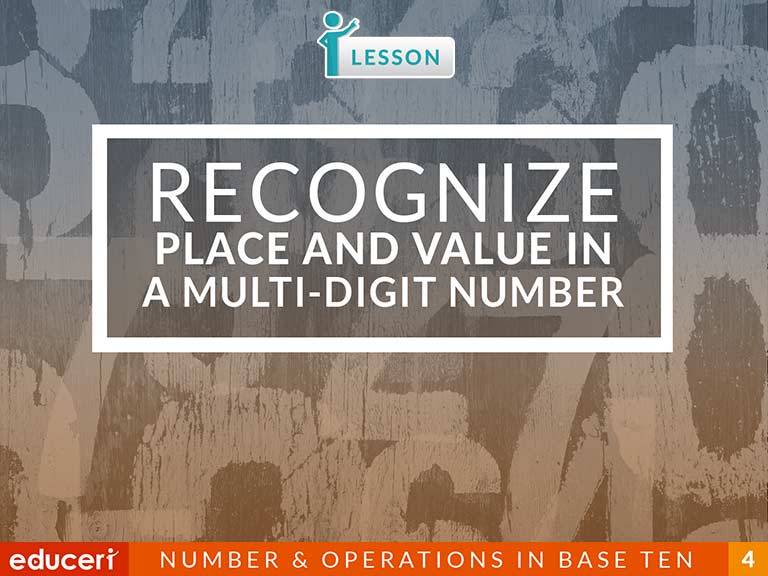
Recognize Place and Value in a Multi-Digit Number
Share This Lesson
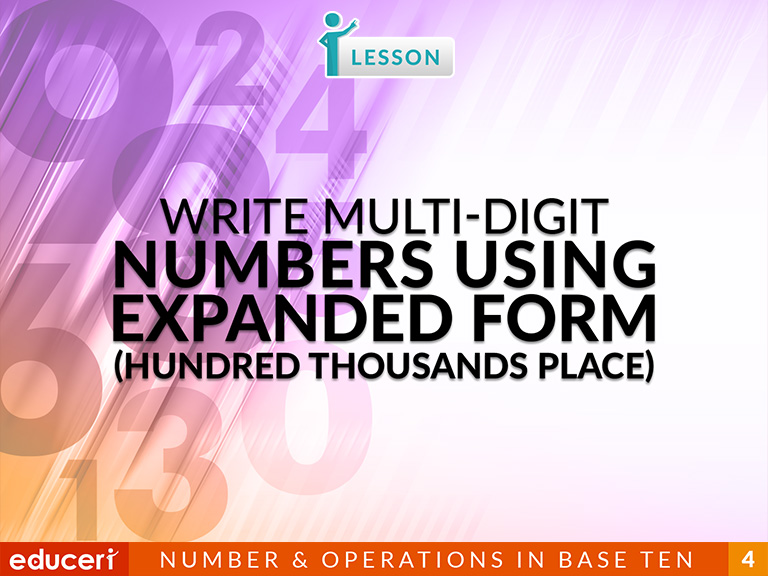
Write Multi-Digit Numbers Using Expanded Form
Share This Lesson
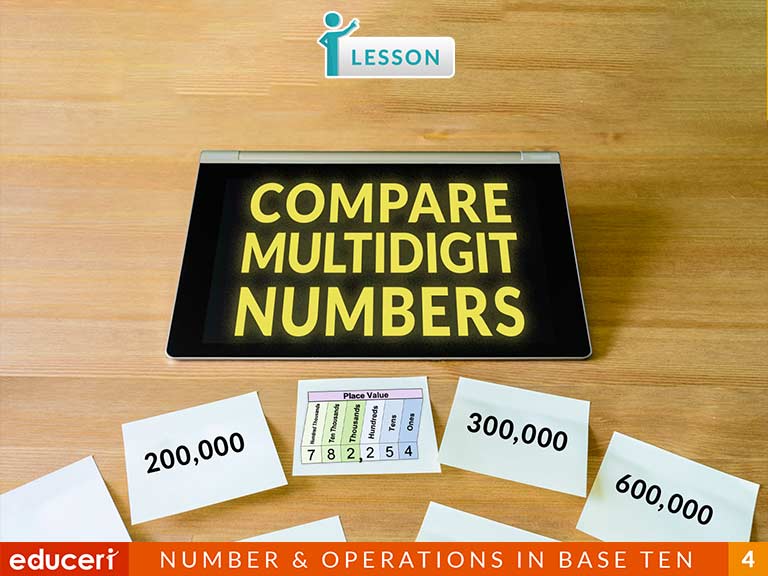
Compare Multi-Digit Numbers
This number and operations in base ten lesson teaches students how to compare the value of multi-digit numbers. The lesson includes research-based strategies and strategic questions that prepare students for assessments. In this lesson, students determine which of a pair of multi-digit numbers is larger. The focus of this lesson is reinforcing differences between numbers based on place value.
